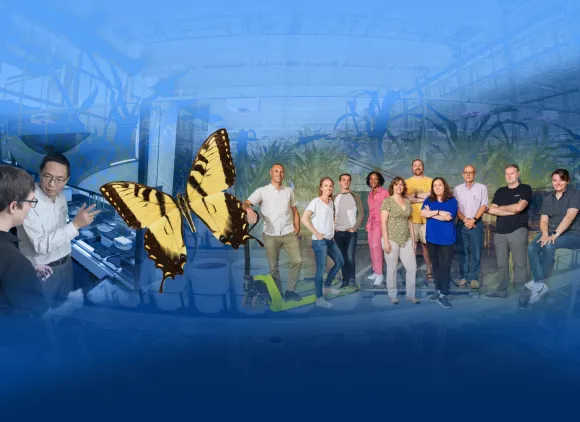NSF BioFoundries
A biofoundry is an integrated facility that combines tools and knowledge from multiple disciplines of biology with automation, measurement techniques that can analyze large amounts of samples in short periods, artificial intelligence and machine learning, and the ability to collect and analyze data in an integrated fashion. These methods, tools and systems create feedback loops, allowing the overall build-test-learn process to be refined over time, resulting in advanced outputs.
NSF BioFoundries democratize access to tools and processes by serving both as user facilities and as innovation hubs for cutting-edge, multidisciplinary research. They also provide unique training and education opportunities.
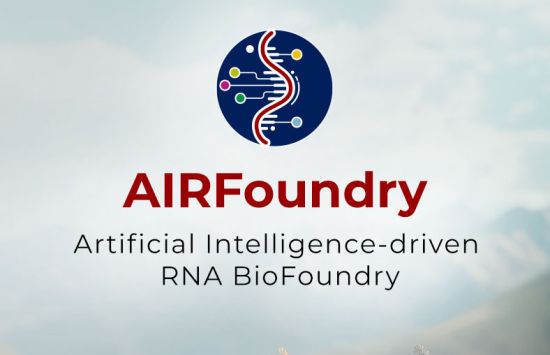
NSF Artificial Intelligence-driven RNA BioFoundry (NSF AIRFoundry)
Led by the University of Pennsylvania and the University of Puerto Rico-Mayaguez in collaboration with Drexel University, Children's Hospital of Philadelphia and InfiniFluidics, the NSF AIRFoundry is focused on developing RNA molecules and delivery vehicles.
The team will leverage AI to uncover and apply the fundamental design principles of RNA across various applications, from health to agriculture.
Learn more about AIRFoundry, including how to become a user.
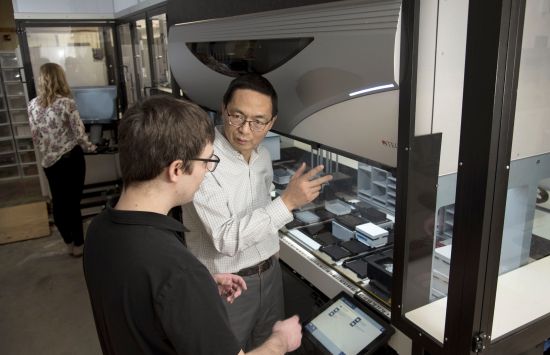
NSF iBioFoundry at the University of Illinois Urbana-Champaign (NSF iBioFoundry)
NSF iBioFoundry will develop a remotely accessible, programmable, user-driven cloud biofoundry that integrates synthetic biology, AI and machine learning, and laboratory automation. The facility's scientific focus will be on protein and cellular engineering.
Partnerships with the Department of Defense’s manufacturing institute BioMADE and industry will help advance broader impacts, including development of a digital biofoundry that provides education, training and outreach.
Learn more about iBioFoundry, including how to become a user.
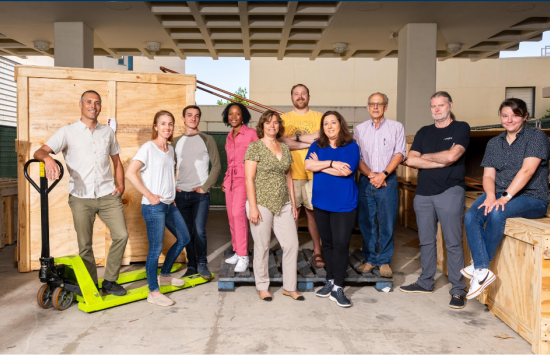
NSF BioFoundry for Extreme & Exceptional Fungi, Archaea and Bacteria (NSF Ex-FAB BioFoundry)
Led by a consortium of UC-Santa Barbara, UC-Riverside and CalPoly-Pomona, NSF Ex-FAB will focus on organisms that can live and thrive in extreme environments, with a particular focus on microorganisms that contribute to biotechnology development.
The facility's goal is to create a library of microbes that reveals new rules of life and to build infrastructure to engineer these microbes to advance agriculture, sustainability and the broader bioeconomy.
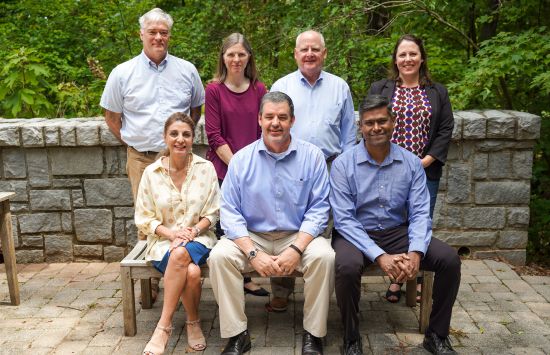
NSF BioFoundry: Glycoscience Resources, Education and Training (NSF BioF: GREAT)
Led by the University of Georgia, NSF BioF: GREAT will focus on the study and development of technologies using proteins with sugar chains and the enzymes that make them.
The tools the facility creates will drive improvements in biotherapeutics, diagnostics, biomaterials and biofuels with priorities being driven by the needs of users.
Learn more about BioF: GREAT, including how to become a user.
RCSB Protein Data Bank (RCSB PDB)
Hosted by Rutgers University, UC San Diego's San Diego Supercomputer Center and UC San Francisco and supported by NSF for over a half-century, the RCSB Protein Data Bank (RCSB PDB) provides access to 3D structural data for over 230,000 large molecules — proteins, DNA and RNA — with each structure being essential for advances in fundamental biology, biomedicine, energy, material science and biotechnology. This data has helped spawn massive innovations in protein design and protein structure prediction and contributed to several Nobel prizes.
RCSB PDB is also supported by the National Institutes of Health and the U.S. Department of Energy and is a Worldwide Protein Data Bank Organization member.
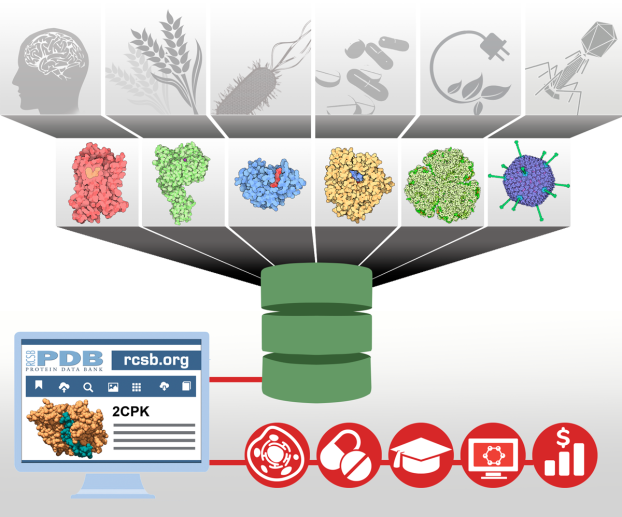
Credit: RCSB Protein Data Bank
Integrated Digitized Biocollections (iDigBio)
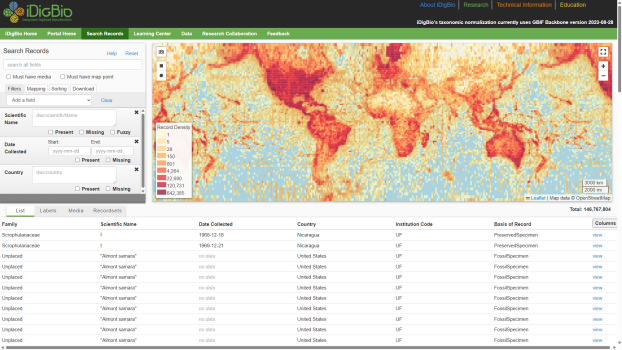
Credit: Gil Nelson, iDigBio
Created as part of NSF's Advancing Digitization of Biodiversity Collections program, iDigBio provides digital versions of data and images for millions of biological specimens from collections nationwide. Led by the University of Florida, Florida State University and University of Kansas, iDigBio makes these digital specimens easily available for the research community, government agencies, students, educators and the public. Collections data reveal gaps in our knowledge of biodiversity and provide the baseline for continuing biodiversity studies.


